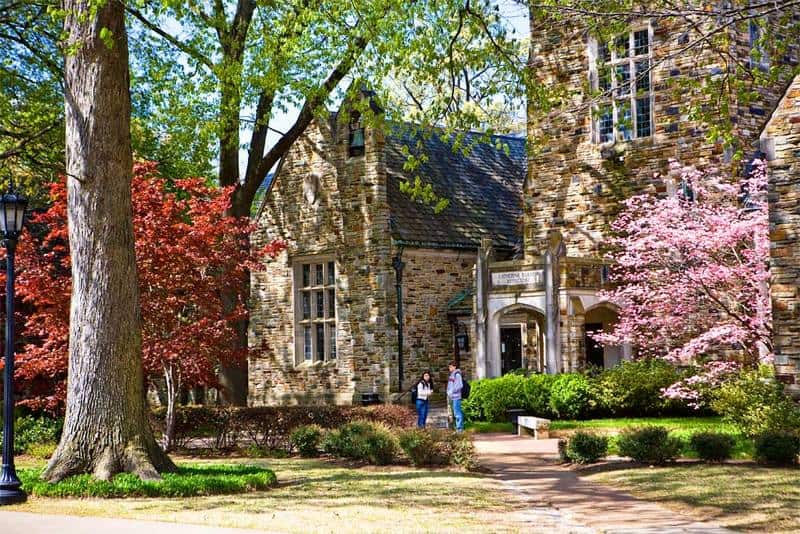
How do you know if the colleges or universities that your child is looking at would provide him or her with an excellent education?
You won’t.
College pricing is inching closer to transparency thanks to net price calculators and other tools, but it’s difficult to form an educated opinion about the strength of a school’s learning environment.
Evaluating an Institution’s Professors
To get a sense of whether professors at a specific school are doing a good job of educating undergraduates, you should check out two statistics in the big, thick annual best college guide that the Princeton Review 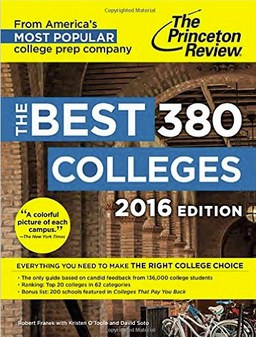 publishes.
publishes.
Here is a link to the latest copy: The Best 380 Colleges, 2016 Edition.
Specifically, I recommend looking at a pair of ratings that you will see on the left hand page of every institution’s profile:
- Professor interesting rating
- Professor accessible rating
The highest possible score for each of these professor ratings is 99. Students rate the professors at their own institutions. The Princeton Review surveyed roughly 136,000 students among the 380 institutions in the book.
Great Teaching Schools
These ratings are hardly scientific, but one reason why I think they are worth consulting is because of the pronounced pattern that I notice each year when I review the scores of many schools in the guide.
Here is what I’ve noticed in general:
- Professors at liberal arts colleges receive much higher marks than professors at universities.
- Professors at private universities receive better marks than professors at state universities.
- Master’s level universities often get higher marks than research universities.
- Professors at public flagships (the main research campus in each state) fare the worst.
Different types of higher-ed institutions
These trends make sense to me because of the significantly different missions of these institutions. Here is a snapshot of each type:
Liberal arts colleges
Liberal arts colleges exist to teach undergrads and thankfully professor research is secondary at these institutions. Consequently, professors are more likely to be hired because they are great teachers. And when professors are teaching 15 to 20 students in a class at a liberal arts college, the faculty are far more accessible and are available to be advisors and mentors.
Research universities
In contrast, professors at research universities are focused on their own research, which brings an institution prestige and revenue. Even if they are lousy teachers, professors can gain tenure because research is the most highly prized and teaching undergrads is often discounted.
At research universities, it’s the grad students primarily stuck with dealing with undergrads. At Harvard, for instance, nearly 1,200 of the teachers are graduate students. And as a reality, how much access is a student going to have to professors when there could be hundreds attending their lectures.
Private research universities typically have more resources – and presumably smaller class sizes – than state universities which can make the undergrads more satisfied.
Master’s level universities
Master’s level universities offer bachelor’s and master’s degree programs, but few if any doctoral programs. The dearth of PhD programs can be an advantage for undergraduates if a university puts more of its institutional focus on educating students pursuing bachelor’s degrees.
If you’re wondering how to identify master’s level universities, they are identified as regional universities in U.S. News’ college rankings.
A Sampling of Results
Private Universities with Top Scores
Here are some of the private universities that fared better than most of their peers. I noticed that many of the private universities with higher scores were Catholic master’s level universities including the first four on this list:
University of Dallas
- Professor interesting rating: 92
- Professor accessible rating: 91
Loyola University in Maryland
- Professor interesting rating: 91
- Professor accessible rating: 91
Loyola Marymount University
- Professor interesting rating: 83
- Professor accessible rating: 92
Villanova University
- Professor interesting rating: 87
- Professor accessible rating: 93
Dartmouth College
- Professor interesting rating: 93
- Professor accessible rating: 96
Carnegie Mellon University
- Professor interesting rating: 81
- Professor accessible rating: 92
Rice University
- Professor interesting rating: 85
- Professor accessible rating: 87
Stanford University
- Professor interesting rating: 84
- Professor accessible rating: 83
Vanderbilt University
- Professor interesting rating: 91
- Professor accessible rating: 89
Private Universities with Poor Scores
Harvard University
- Professor interesting rating: 70
- Professor accessible rating: 67
Northwestern University
- Professor interesting rating: 70
- Professor accessible rating: 67
Johns Hopkins University
- Professor interesting rating: 74
- Professor accessible rating: 76
Massachusetts Institute of Technology
- Professor interesting rating: 70
- Professor accessible rating: 67
University of Southern California
- Professor interesting rating: 72
- Professor accessible rating: 69
Seton Hall University
- Professor interesting rating: 70
- Professor accessible rating: 67
Georgetown University
- Professor interesting rating: 73
- Professor accessible rating: 67
Drexel University
- Professor interesting rating: 69
- Professor accessible rating: 66
Northeastern University
- Professor interesting rating: 75
- Professor accessible rating: 76
State Universities with Top Scores
It was difficult finding state schools with decent scores. Three out of the four below are from Virginia!
College of William and Mary
- Professor interesting rating: 88
- Professor accessible rating: 91
James Madison University
- Professor interesting rating: 82
- Professor accessible rating: 81
University of Mary Washington
- Professor interesting rating: 80
- Professor accessible rating: 82
Miami University (OH)
- Professor interesting rating: 82
- Professor accessible rating: 82
Clemson University
- Professor interesting rating: 81
- Professor accessible rating: 89
State Universities with Poor Scores
Most of the state universities that I saw hovered in the 60’s and/or 70’s in both professor categories.
University of Maryland
- Professor interesting rating: 67
- Professor accessible rating: 67
University of Connecticut
- Professor interesting rating: 68
- Professor accessible rating: 67
University of North Carolina, Chapel Hill
- Professor interesting rating: 70
- Professor accessible rating: 67
University of Texas at Austin
- Professor interesting rating: 69
- Professor accessible rating: 69
Georgia Institute of Technology
- Professor interesting rating: 70
- Professor accessible rating: 69
UCLA (The other UC campuses also received poor marks)
- Professor interesting rating: 68
- Professor accessible rating: 66
SUNY Binghamton
- Professor interesting rating: 69
- Professor accessible rating: 68
University of Washington
- Professor interesting rate: 70
- Professor accessible rating: 69
University of Hawaii Manoa
- Professor interesting rating: 67
- Professor accessible rating: 67
University of Florida
- Professor interesting rating: 69
- Professor accessible rating: 72
Liberal Arts Colleges with Top Scores
As a category, liberal arts colleges kicked butt. Many private liberal arts colleges earned excellent scores.
I also wanted to point out that unheralded public liberal arts colleges (hidden gems) fared far better than the brand name public research universities in their own states.
Here is a sampling of scores:
Swarthmore College
- Professor interesting rating: 99
- Professor accessible rating: 99
Reed College
- Professor interesting rating: 99
- Professor accessible rating: 98
Beloit College (My son’s alma mater)
- Professor interesting rating: 97
- Professor accessible rating: 98
Bard College
- Professor interesting rating: 99
- Professor accessible rating: 99
College of Wooster (OH)
- Professor interesting rating: 96
- Professor accessible rating: 94
New College of Florida (public liberal arts college)
- Professor interesting rating: 97
- Professor accessible rating: 91
College of Idaho
- Professor interesting rating: 95
- Professor accessible rating: 98
Rhodes College
- Professor interesting rating: 97
- Professor accessible rating: 96
Grinnell College
- Professor interesting rating: 95
- Professor accessible rating: 98
University of North Carolina at Asheville (public liberal arts college)
- Professor interesting rating: 90
- Professor accessible rating: 82
Mount Holyoke College
- Professor interesting rating: 98
- Professor accessible rating: 95
Wabash College (men’s college)
- Professor interesting rating: 98
- Professor accessible rating: 99
Hillsdale College
- Professor interesting rating: 99
- Professor accessible rating: 98
Bottom Line:
As I’ve said many times, you should not be impressed simply by a school’s brand name.
What matters is the type of education that a student receives at a college or a university. And you’re not going to find that out just by taking your cues from the college rankings.
Learn more:
Read these posts to learn more about evaluating academic offerings at colleges and universities:

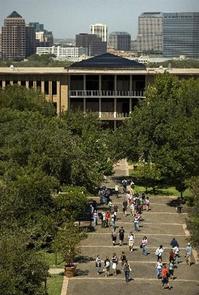
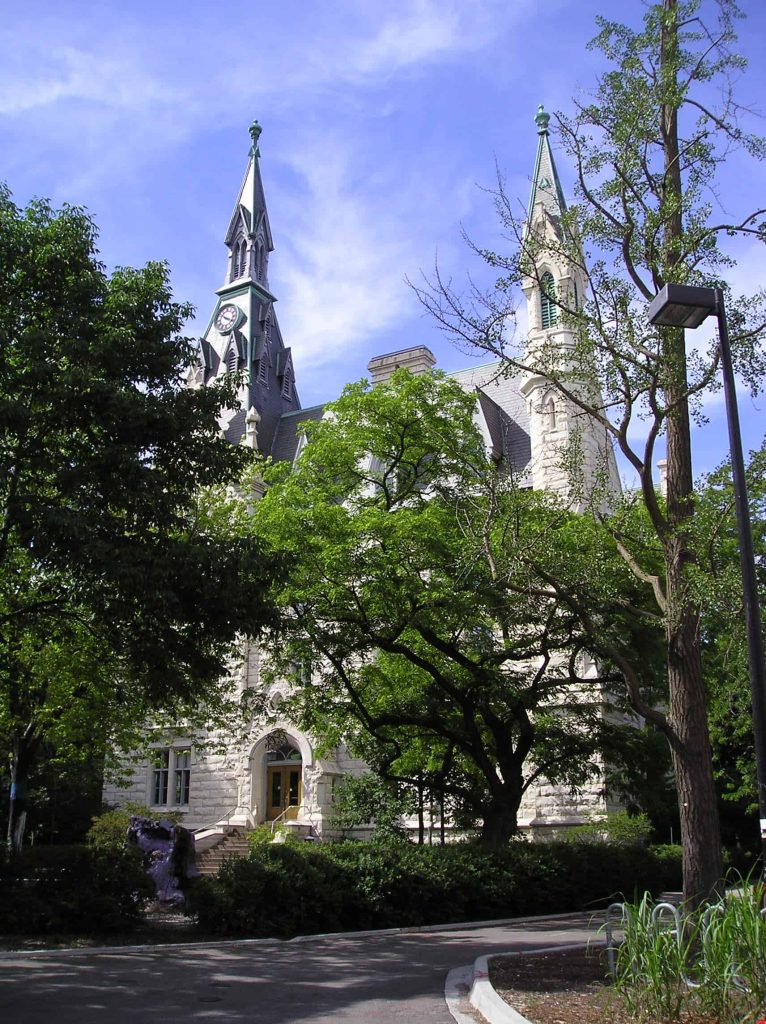

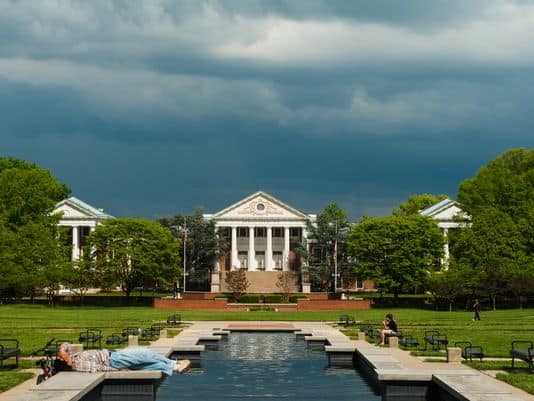
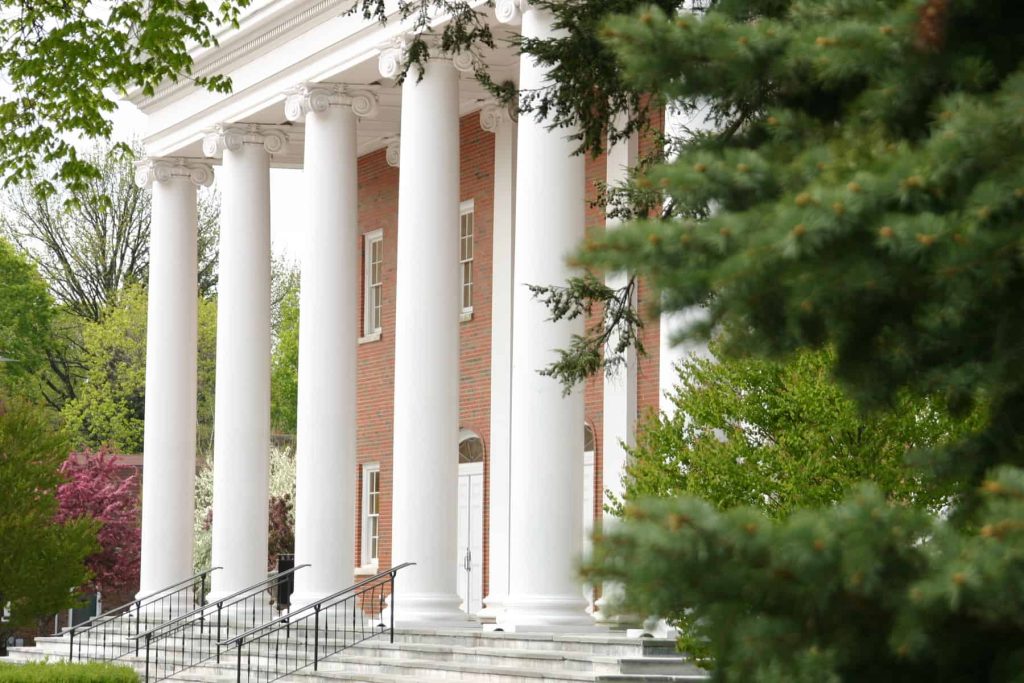

I went to UNC-Asheville in the early 80’s. I spent time in Physics, where four professors acted as true mentors to me; Economics, where two professors mentored me; and Mathematics, where one professor was a mentor. All of my professors were totally available as Advisors. I was able to complete and publish research papers, participate in conferences, and had many other opportunities. My experience there was not unique, and I’m glad to hear that the teacher-student engagement remains to this day.
After that, I went to North Carolina State University (or State College as we used to call it because that is spelled out in the bricks of the tower by the entrance) I spent time in the Physics and Economics department Graduate Schools. I can tell you that it was much different, especially for undergraduates. It wasn’t because the professors weren’t interested in undergrads, or teaching. Quite the opposite. The sheer volume of students simply limited what they were able to do.
I was so glad that I went to UNCA first. That laid the foundations for everything else I have done since.
p.s. Back in the 80’s, universities were not so expensive. You could afford to live the student life. I spent 8 years in the University, and left with a BS, BA, and MS degree. I could have stayed longer, but didn’t want to do yet another thesis and was eventually recruited out to the professional world. That is no longer true, and it is a real loss for everyone. It doesn’t have to be that way.
Virginia public colleges are rare gems! We are lucky to have such high quality options in our state — great educational values.
Why don’t you post other responses to your page. As a UC graduate with 3 children who have gone to Harvard, UC Berkeley and Northwestern I am dismayed at the clear bias towards the small liberal arts schools that many of my friends children wished they had never gone to.
Yikes. Sounds like sour grapes to me. Lynn O.